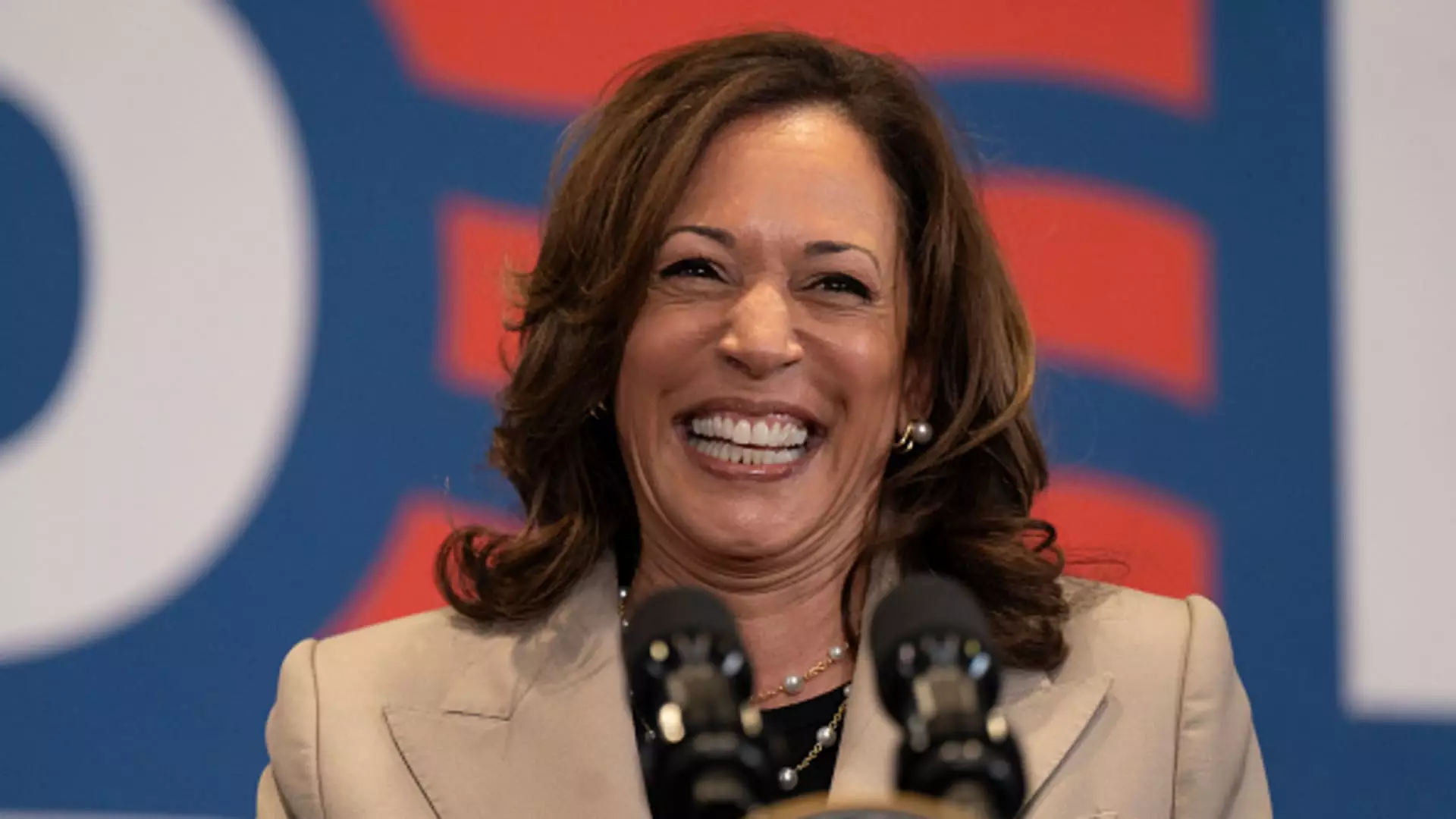As President Joe Biden exits the election race, all eyes are now on Vice President Kamala Harris as the frontrunner for the Democratic nomination. While Harris has not yet detailed her economic agenda, experts predict that her tax proposals may mirror those put forth by Biden. This includes calls for higher taxes on the wealthy and corporations, a move that has been a central theme in Biden’s platform.
Before ending her campaign in December 2019, Harris shared many priorities with Biden but also put forward some distinct proposals. According to Garrett Watson, a senior policy analyst, Harris seems to be in agreement with most, if not all, of Biden’s economic plans, especially on a broader scale. Leveraging the infrastructure and staff left behind by the Biden campaign might limit Harris’ ability to deviate significantly from Biden’s outlined tax policies.
Experts highlight the impending expiration of trillions of dollars in tax breaks after 2025 as a crucial aspect that Harris will need to address. The Tax Cuts and Jobs Act (TCJA) of 2017, signed into law by former President Donald Trump, brought about temporary reductions in federal income brackets and other tax changes. While Trump aims to extend these provisions fully, Biden’s focus is on renewing tax breaks only for individuals earning less than $400,000 annually.
One significant question on Harris’ tax policy agenda is whether she will uphold Biden’s promise not to raise taxes for individuals earning less than $400,000. Andrew Lautz, from the Bipartisan Policy Center, emphasizes the consequences of this pledge on future Democratic tax proposals and TCJA negotiations. The LIFT the Middle Class Act, one of Harris’ key proposals during the 2020 campaign, offered a refundable tax credit for eligible individuals and couples. However, the Democrats have prioritized expanding the child tax credit, which could become a key focus for Harris as well.
Harris has previously emphasized the value of providing tax relief to families through initiatives like the child tax credit. The American Rescue Plan, passed in response to the pandemic, increased the maximum tax break per child and sent monthly payments to eligible families. This expansion played a significant role in reducing the child poverty rate to a historic low in 2021. However, following the expiration of pandemic relief measures, child poverty rates saw a dramatic increase in 2022.
As Vice President Kamala Harris emerges as a leading figure in the Democratic nomination race, her approach to tax policy will be closely scrutinized. With potential alignment with Biden’s tax proposals and a focus on issues like the child tax credit, Harris is set to play a significant role in shaping the future of tax policy in the United States.

